Yesterday, I was playing Tokyo Xtreme Racer 3 for the first time. Like all the TXR games Genki made back in the day, it’s not perfect, but it’s overflowing with charm and anyone would do right to bring the series back in some form of tribute today. It’s been a very long time since we’ve had a game about street racing on the Shuto Expressway that doesn’t require you to install mods on your PC. Anyway, as I scrolled through the car list, I noticed some oddities.
Mostly, it was constrained to the Nissan roster. In the list I saw a Maxima with the model code “A31,” and the picture of a car that was definitely no Maxima I’ve ever seen in my life. Selecting the car revealed its actual name: Cefiro Cruising. While the A32 Cefiro was Japan’s version of our fourth-gen Maxima, the A31 Cefiro was a rear-wheel-drive sedan that was never sold here, much less under that name.
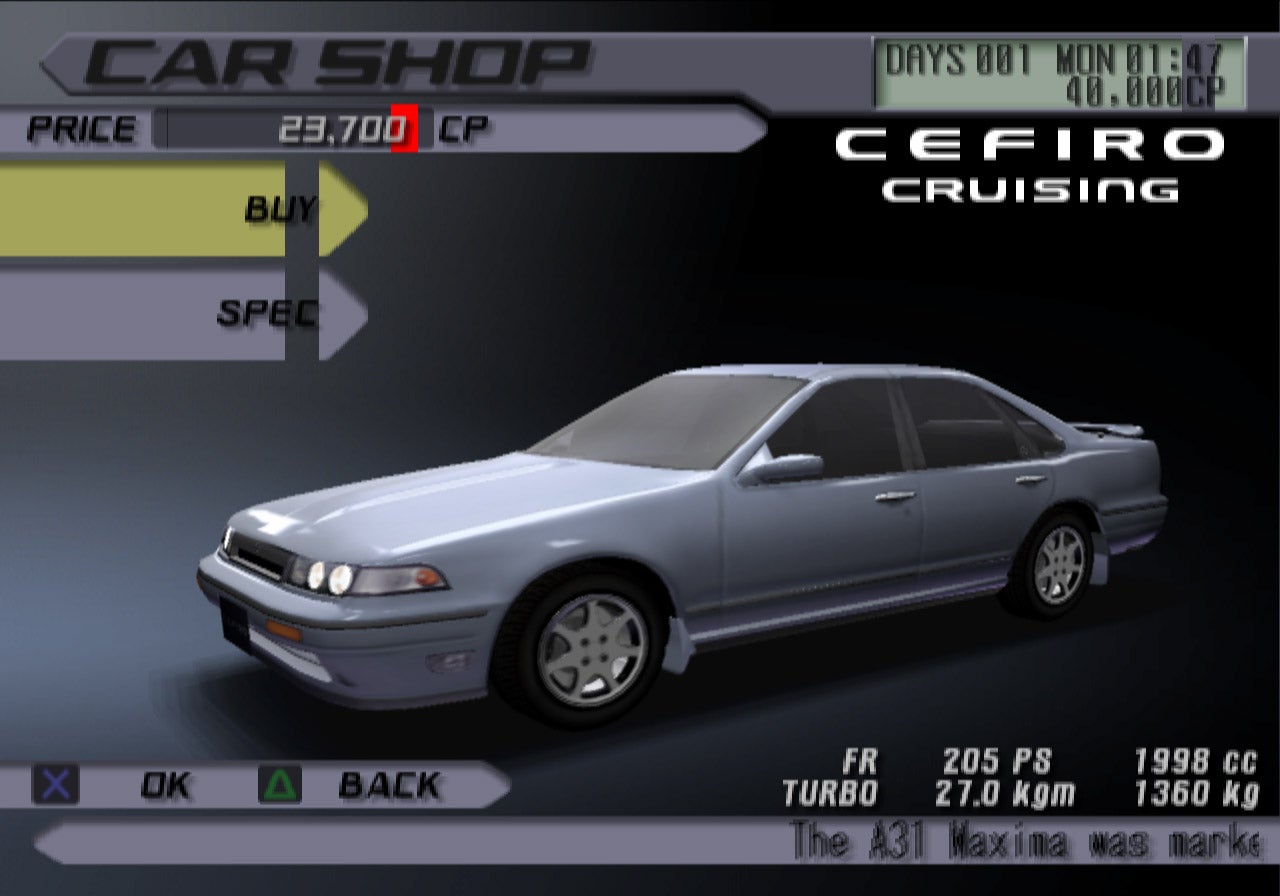
Next was an S13 200SX. In actuality, it was a Silvia K’s. But in an effort to regionalize the model as something Westerners might recognise, the localisation team — maybe at Nissan’s behest, maybe their own, who knows — changed the name to 200SX, which was what the S13 was called in many export markets. Of course, here the 200SX was something different, and even if TXR3 called it a 240SX, it still wouldn’t be correct, because no S13 in the U.S. ever had the fixed-headlight treatment that Silvias got in Japan. (Silvia heads, correct me if I’m wrong in the comments — I did my best to make sense of this all, I promise you.)
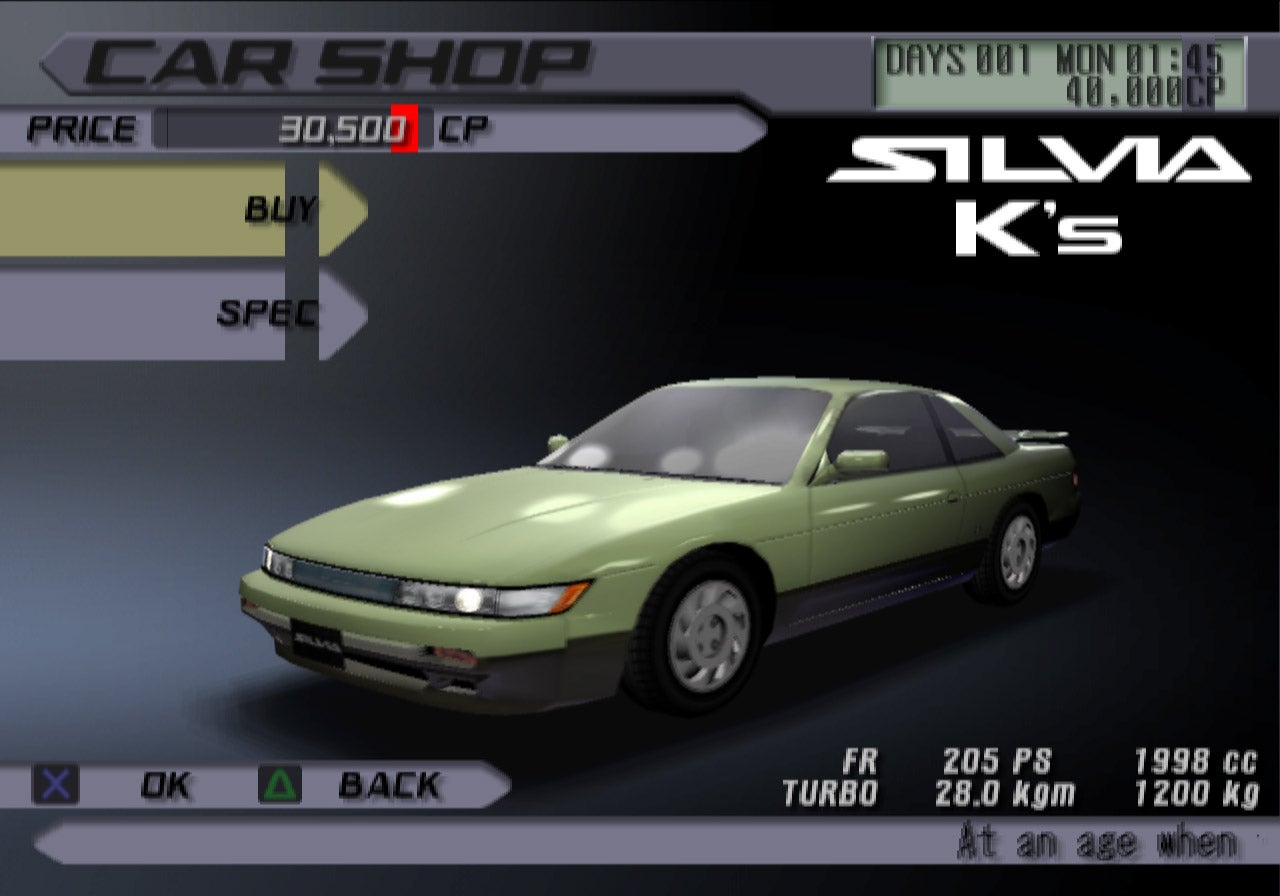
In many of these cases, there’s no exact Western counterpart to these JDM models, but nevertheless developers back in the day went to oddly excruciating lengths to retitle cars after what they might’ve been but in fact were never called in other countries. Gran Turismo actually did this a lot, all the way up until GT Sport on the PS4. Nissan’s nomenclature once again caused the most headaches. Many GT games include a 1996 240SX with an S13 chassis and 2-litre turbocharged SR20DET. However, by ’96, Nissan had already moved onto the S14 generation, and the 240SX never had that engine.
For Gran Turismo, inputting the same car in the roster with different regionalized names — say Mitsubishi GTO and 3000GT — was a way of inflating the count. Frankly, you don’t get to GT6’s 1,247 cars any other way.
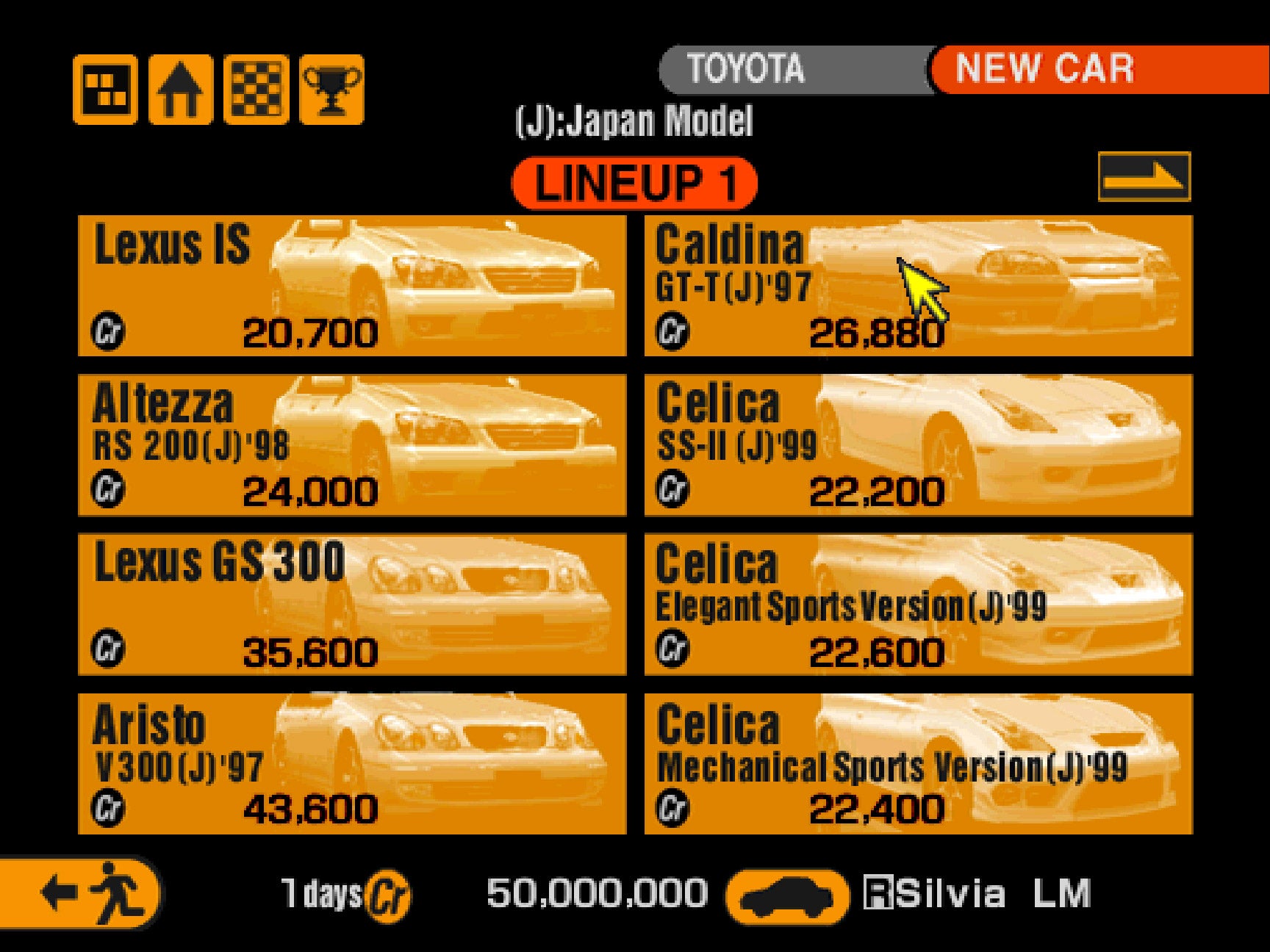
In TXR3’s case, what makes this all stranger is that Genki didn’t extend the Nissan treatment to other marques, which is why I’m convinced Nissan mandated this erroneous localisation under its licence terms. For example, the Toyota MR-S — the ZZW30 mid-engine convertible — was known here as the MR2 Spyder. But rather than just call it that, Genki left it at “MR-S (Japanese Name).” Likewise, the first-generation Subaru Alcyone VR could’ve been dubbed an XT Turbo, which is what Americans knew it as, but Genki left that one on the table, too.
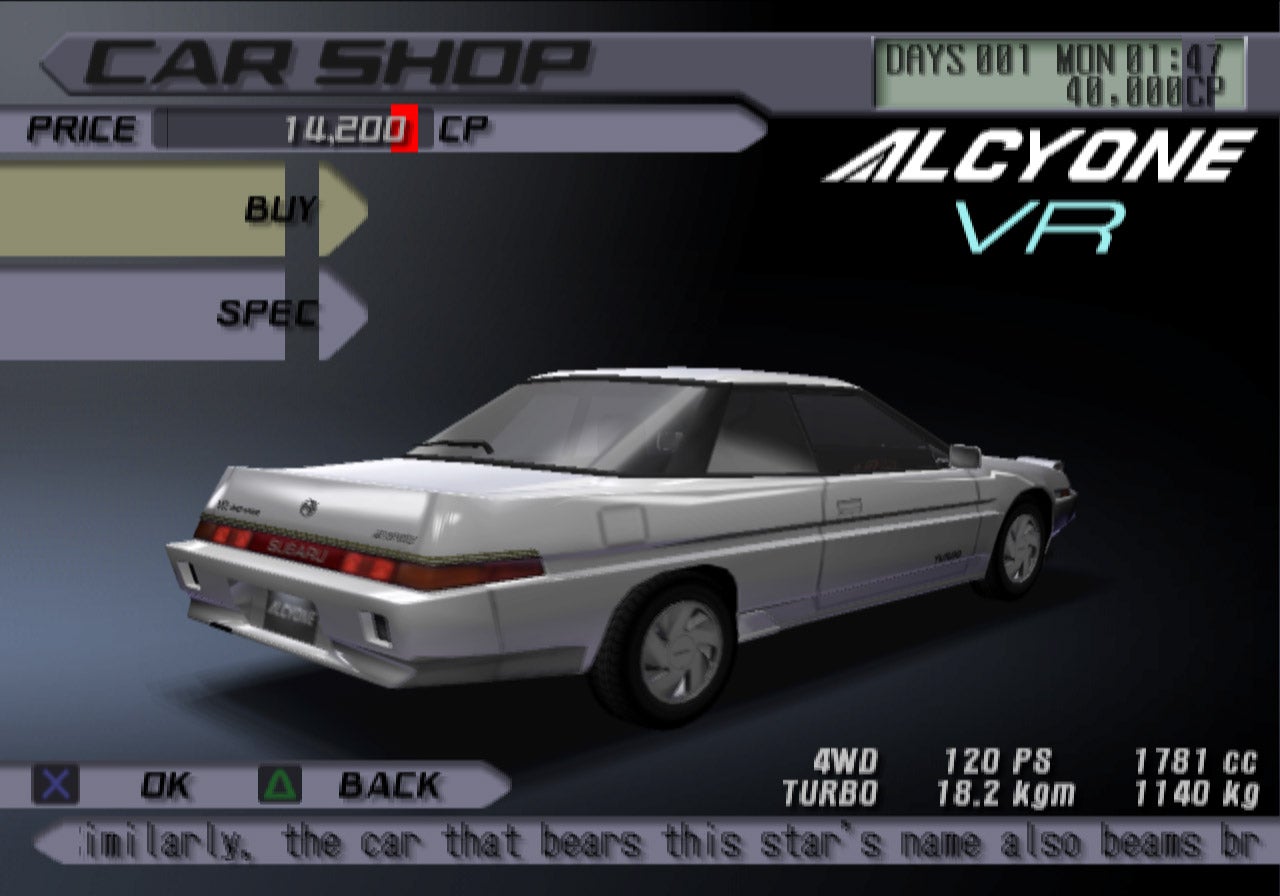
Anyone who played racing games in the ’90s and early aughts will not be surprised by any of this, and of course these are all great games. The pedantry shouldn’t be mistaken for actual criticism. But it is nonetheless amusing to pore over car lists and see what developers and manufacturers invented. It’s not a phenomenon seen often anymore, because at some point by the middle or end of the 2000s, automakers realised the internet was a thing, and enthusiasts had amassed enough global knowledge to know that the Infiniti G35 and Nissan Skyline were actually one and the same. Let’s appreciate how far we’ve come as a community.
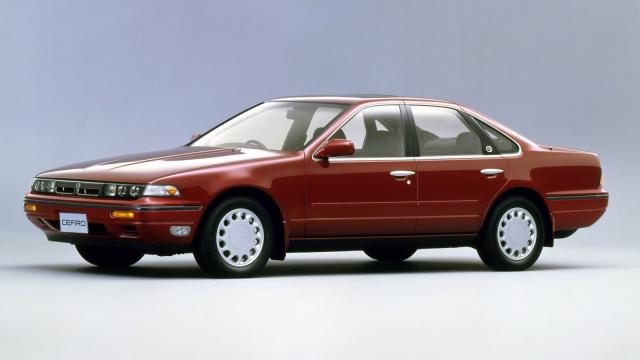
Comments